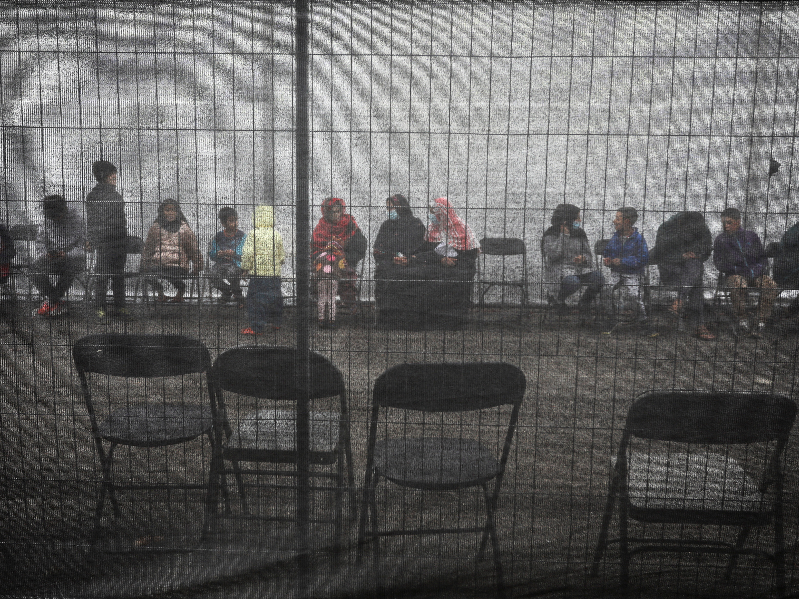UK net migration plunges to five-year low
The Office for National Statistics reports sharp fall as parties debate causes and implications.
 UK Home Secretary Shabana Mahmood. / UK Government
UK Home Secretary Shabana Mahmood. / UK Government
UK net migration fell to an estimated 204,000 in the year ending June 2025, according to provisional figures released Nov. 27 by the Office for National Statistics. The drop marks a steep decline from 649,000 a year earlier and from the 2023 peak of 944,000.
The ONS said the fall was driven by fewer non-EU nationals arriving to work or study and a continued rise in people leaving the country. Most departures in the period were non-EU nationals, many of whom had initially entered on study visas.
Home Secretary Shabana Mahmood welcomed the decline, calling net migration “at its lowest level in half a decade.” She said it had “fallen by more than two-thirds under this government,” adding that the pace of arrivals had put pressure on local communities. She separately pointed to reforms she announced earlier this month to tighten settlement rules and overhaul the asylum system.
Shadow Home Secretary Chris Philp argued the fall stemmed from Conservative measures introduced in 2024 on work, dependant and student visas. He said the drop “doesn’t go far enough,” and repeated his party’s pledge to leave the European Convention on Human Rights and remove people who enter the UK illegally.
The Home Office released its own data the same day. It reported 110,051 asylum claims in the year ending September 2025 and said 51,249 people arrived through illegal routes, most by small boat. It also said 36,273 asylum seekers were housed in hotels as of September.
Prime Minister Keir Starmer called the ONS figures “a step in the right direction.” He said he remains “determined to close all our asylum hotels,” though the latest numbers show hotel use rising compared with earlier this year.
Migration researchers warned the decline may not last. Madeleine Sumption of the Migration Observatory said the fall is partly explained by EU citizens who came before Brexit and are now leaving, a trend that “won’t go on forever.” She noted that non-EU migration remains far higher than pre-Brexit levels and that a larger share of arrivals is coming through the asylum system.
ADVERTISEMENT
ADVERTISEMENT
E Paper
Video



 Pranavi Sharma
Pranavi Sharma




.jpg)






Comments
Start the conversation
Become a member of New India Abroad to start commenting.
Sign Up Now
Already have an account? Login